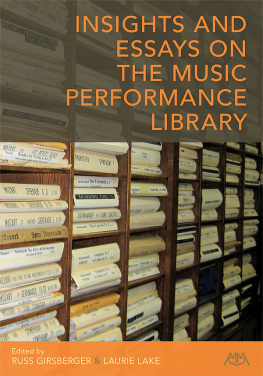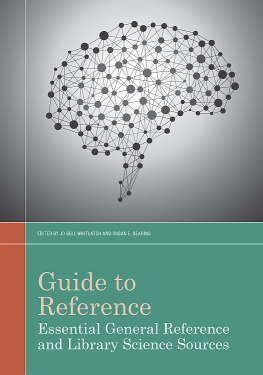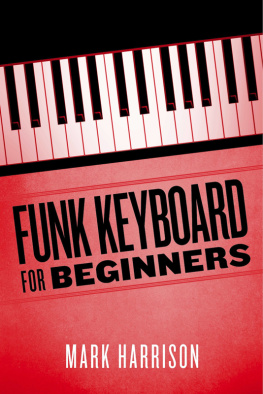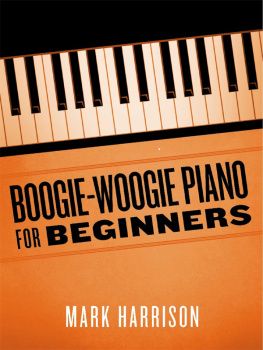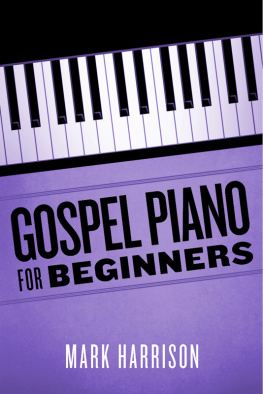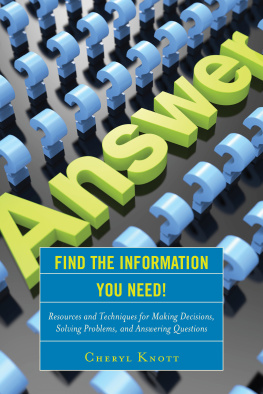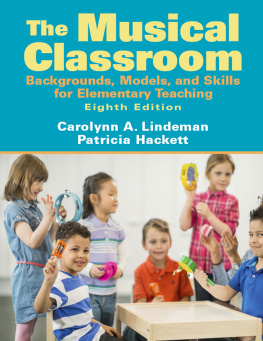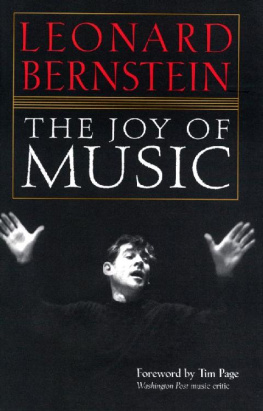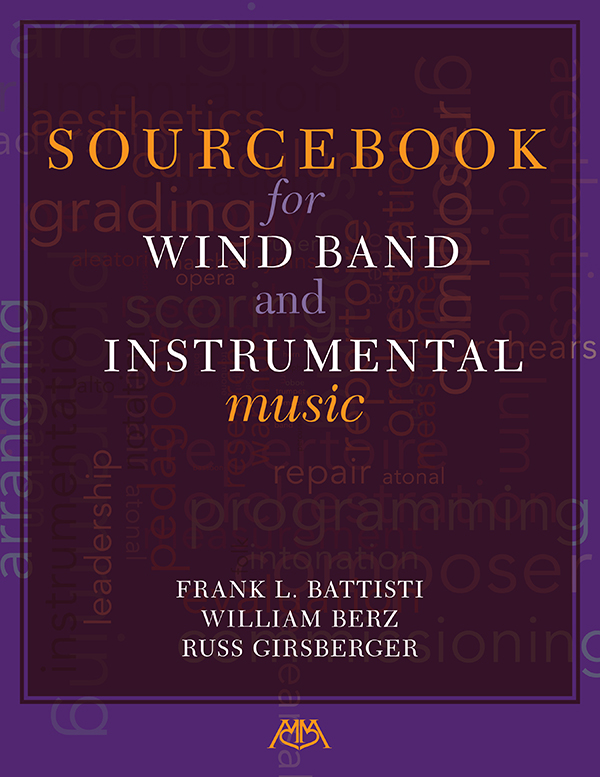It is important to note that all website information (addresses and links) was valid as of December 2014. If you are unable to access a site from the link herein, you may want to try the basic URL, e.g. http://www.mola-inc.org, as opposed to the more specific version listed (http://www.mola-inc.org/m/articles/browse/category/MOLA+publications), and then navigate further into the site from the home page.
Published by
Meredith Music Publications
a division of G.W. Music, Inc.
1584 Estuary Trail, Delray Beach, Florida 33483
http://www.meredithmusic.com
MEREDITH MUSIC PUBLICATIONS and its stylized double M logo are trademarks of MEREDITH MUSIC PUBLICATIONS, a division of G.W. Music, Inc.
Reproducing or transmitting in any form or by any means, electronic or mechanical, including photocopying, recording, or by any informational storage or retrieval system without permission in writing from the publisher is forbidden.
While every effort has been made to trace copyright holders and obtain permission, this has not been possible in all cases; any omissions brought to our attention will be remedied in future editions.
Copyright 2014 MEREDITH MUSIC PUBLICATIONS
International Copyright Secured All Rights Reserved
First Edition
November 2014
Cover and text design: Shawn Girsberger
International Standard Book Number: 9781-57463180-7
Cataloging-in-Publication Data is on file with the Library of Congress.
Foreword
As teachers of music, conductors of wind ensembles, and observers of culture in America, we are in a new, exciting and challenging time. The repertoire of todays wind band is moving in increasingly rapid ways, both in quantity as well as in the quality of the works being produced for ensembles of diverse skill levels. Similarly, the material available for instrumental teaching has expanded in quality and scope. Frank Battisti has been one of the most prominent voices in the advancement of the wind band medium and a dedicated advocate for instrumental music education for more than half a century. His passion for music, his inquisitive mind and gift for teaching, matched with an enthusiasm for helping others that only seems to have increased over the years, leads him to write on subjects essential to the work of any conductor and teacher at any level.
Enter now, this Sourcebook for Wind Band and Instrumental Music . One only has to turn to the Table of Contents and quickly see that contained in the pages that follow is important information sending interested readers to websites, recordings, teaching methods, research and opinions vital to preparation in their quest to be excellent teachers and conductors.
The challenge, of course, in attempting to compile the kind of information included in this volume is that every day sees more and more information available about more and more repertoire. So, why write a book that becomes out of date during the time it takes to move from final draft to print? The contents of these pages encourage us to knock on the door of tomorrow and burst through to excitedly view what lies ahead. The motivated musician and teacher will discover, on the pages that follow, information that will take them logically from one source to another. It will provide, for perhaps the first time in one comprehensive volume, the kind of information that will lead to further inquiry and investigation on the part of the reader that will provide a framework for continued growth and fascinating research. For example, as the reader examines the listing Composers and Composer and Literature Research in search of articles about Frank Tichelis An American Dream, it is possible that their eyes might move down a line to see the reference for Fred Tillis. The reader then notices Tom Everretts 1978 article entitled Concert Band Music by Black-American Composers. Your interest is now piqued; you read the article and now what began as one search has now produced information you did not previously have.
Frank Battisti, Bill Berz and Russ Girsberger make a formidable triumvirate, each bringing to this project their enthusiasm and perfect blend of skill, expertise and passion for the medium. This is a resource that every wind band conductor and instrumental teacher should have in his or her library. We are indebted to these three gentlemen for their dedication and painstaking work. It now becomes our responsibility to take this amazing collection of information and make our teaching more inspiring as a result. Our students will be the beneficiaries of this work, and the efforts of these three gentlemen will continue to push the medium ahead for future generations.
Jerry Junkin
Director of Bands
Butler School of Music
The University of Texas at Austin
September 1, 2014
Preface
Research for the Band Conductor/Director and Instrumental Music Teacher
The important thing is not to stop questioning. Curiosity has its own reason for existing. Albert Einstein We keep moving forward, opening new doors, and doing new things, because were curious and curiosity keeps leading us down new paths. Walt Disney
Introduction
In the first chapter of his book On Becoming a Conductor: Lessons and Meditations on the Art of Conducting , Frank Battisti lists 12 personal characteristics needed to become a conductor. They include the following traits:
- Musical talent.
- Confidence in oneself.
- A strong work ethic.
- Passion for learning and achieving.
- Passion for music.
- Patience and impatience (and the wisdom to know when to use each).
- Dedication.
- Good memory.
- Leadership talent.
- Creativity, imagination, inventiveness.
- Curiosity.
- Courage.
Many of these characteristics center on the notion that conductors need to continue to learn about a great many things to be their best. It is obvious that they must work to learn about music in practical, theoretical, and creative ways. Conductors also need a broad view of all of the many forms of arts as well knowledge of psychology, sociology, philosophy, history, and a host of other areas.
Curiosity
Number 11 on Battistis list is curiosity. Curiosity can be seen as an approach to pursuing knowledgeof finding new information or solving problems. It is sometimes seen as a sign of intelligence. The curious look to find answers to questions, this indicating an active mind.
In one of his TED talks, noted educator and psychologist Ken Robinson notes, Curiosity is the engine of achievement. Curiosity seeks to find existing information and then applies it, sometimes in new ways. Discovering new ideas on a small or large scale brings new revelations to fruition. Certainly, curiosity about specific compositions, composers, musical style and practice, music history and theory, and musical analysis can bring greater understanding. This is vital in music and in education.
If teachinginstrumental music or otherwiseis a profession, then a fair expectation is that the teacher must stay current with the field. If one goes to the doctor, s/he assumes that the doctor knows about the most up-to-date medical procedures. This expectation is just part of being a professional. As members of a profession, music teachers should work to expand their artistic and procedural knowledge.


